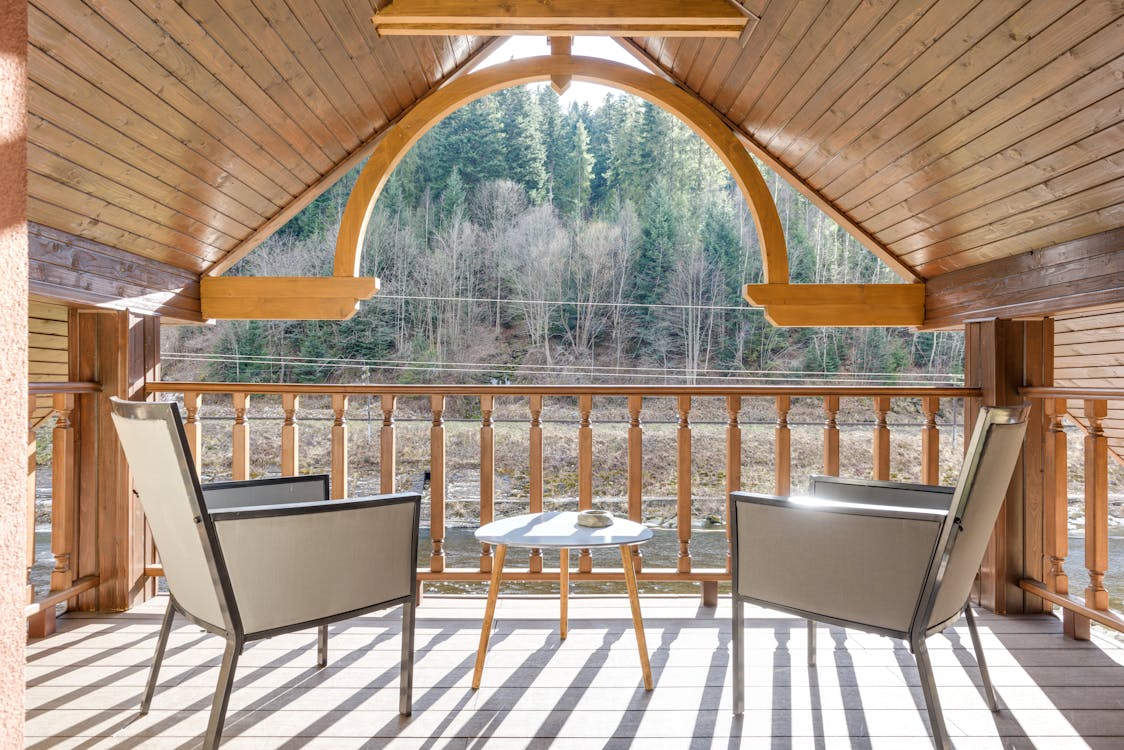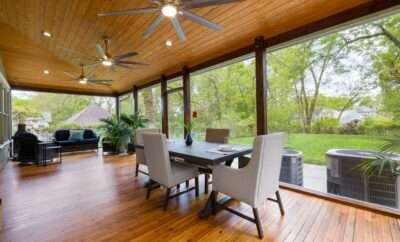 Pexels
Pexels
6 Decking Installation Mistakes You Don’t Want to Make
6 Decking Installation Mistakes You Don’t Want to Make
Installing a deck is a big investment—and it’s one that you want to last for years and years. The good news is that if you avoid these ten common mistakes, your deck installation will be headache-free! Read on to learn what not to do during your next deck build. 6 decking installation mistakes you don’t want to make.
Not planning before you start – make a sketch of your deck and measure the space to make sure you have enough materials
One of the most important aspects of building a deck is the planning process. Yet, all too often, homeowners fail to take the time to properly plan their deck project, ending up with a result that falls far short of their expectations.
To avoid making common mistakes, start by sketching out a rough design of your deck and measuring the space available. This will help you determine how much material you’ll need and whether or not the deck will fit in the intended space.
Once you have a general idea of the size and scope of your project, it’s time to start gathering materials. Be sure to purchase extra lumber, just in case you make a mistake or two during the installation process.
And finally, don’t forget to factor in the cost of any necessary tools or fasteners when budgeting for your deck. These simple steps help you avoid making common decking mistakes and end up with a finished product that you’re proud of.
Not using pressure-treated lumber – this will help your deck last longer
One of the most important things to keep in mind is to use pressure-treated lumber. This type of lumber is treated with chemicals that help protect it against rot and insect damage.
While it may be tempting to save money by using regular lumber, it will not last as long and you will eventually have to replace it. Pressure-treated lumber is a little more expensive, but it’s worth the investment since it will last longer.
Not checking for underground utilities – call 811 before you start digging
If you’re planning on installing a new deck, one of the most important things to do is to make sure you check for underground utilities before you start digging. Every year, thousands of people are injured or killed by striking underground utilities while digging. In fact, it’s estimated that there are over 50,000 utility strikes in the United States each year.
If you’re planning to build your deck near a water source, blocked drains plumbers from Forest Lake suggest taking into account the plumbing when determining the deck’s location and design. Otherwise, you may end up with a plumbing nightmare on your hands.
Fortunately, there’s an easy way to avoid becoming a statistic: simply call 811 before you start digging. By law, most utilities are required to mark their lines within 48 hours of receiving a call. So before you start your next project, pick up the phone and make the call that could save your life.
Installing the decking too tightly – leave a small gap between each plank to allow for expansion and contraction
One of the most common decking installation mistakes is installing the decking too tightly – leaving no gap between each plank to allow for expansion and contraction. This can cause the boards to cup, warp or splinter over time.
Padstow decking timber specialists recommend leaving a small gap (approximately 1/8″ to 1/4″) between each board during installation so that your deck can expand and contract without issue. Likewise, this will help to prevent your deck from being damaged by the elements.
Nailing or screwing the planks directly into the joists – use metal connectors instead
When installing your decking, it’s important to use the proper techniques and materials to ensure a sturdy, long-lasting finish. One common mistake is nailing or screwing the planks directly into the joists.
This can create weak points in the structure and may lead to warping or other damage over time. A better option is to use metal connectors to attach the decking to the joists. This will provide extra support and help keep your deck looking great for years to come.
Forgetting to install stair railings and other safety features – these are required by law in some states

Photo by Max Vakhtbovych on Pexels
One of the most common mistakes made during deck installation is forgetting to install stair railings and other safety features.
In some states, this is required by law, so it’s important to check your local building codes before beginning your project. Stair railings not only provide a safety barrier for deck users, but they also add a touch of elegance to your outdoor space.
Closing Thoughts
So there you have it – 10 deck installation mistakes to avoid. If you can keep these in mind as you install your deck, you’ll be on your way to enjoying many years of outdoor living space bliss. Have you made any of these errors when installing your deck?













